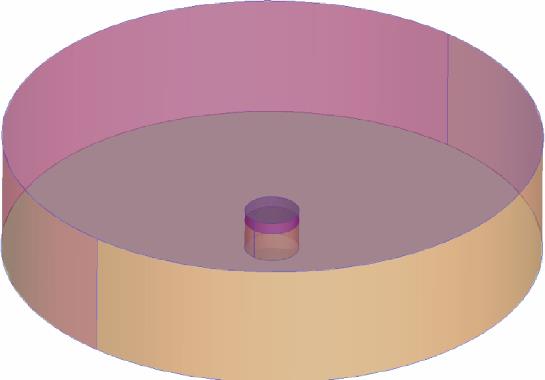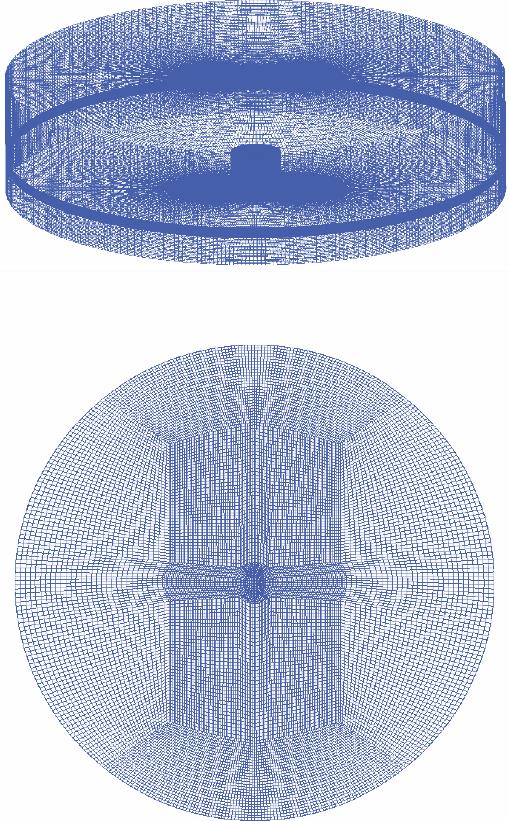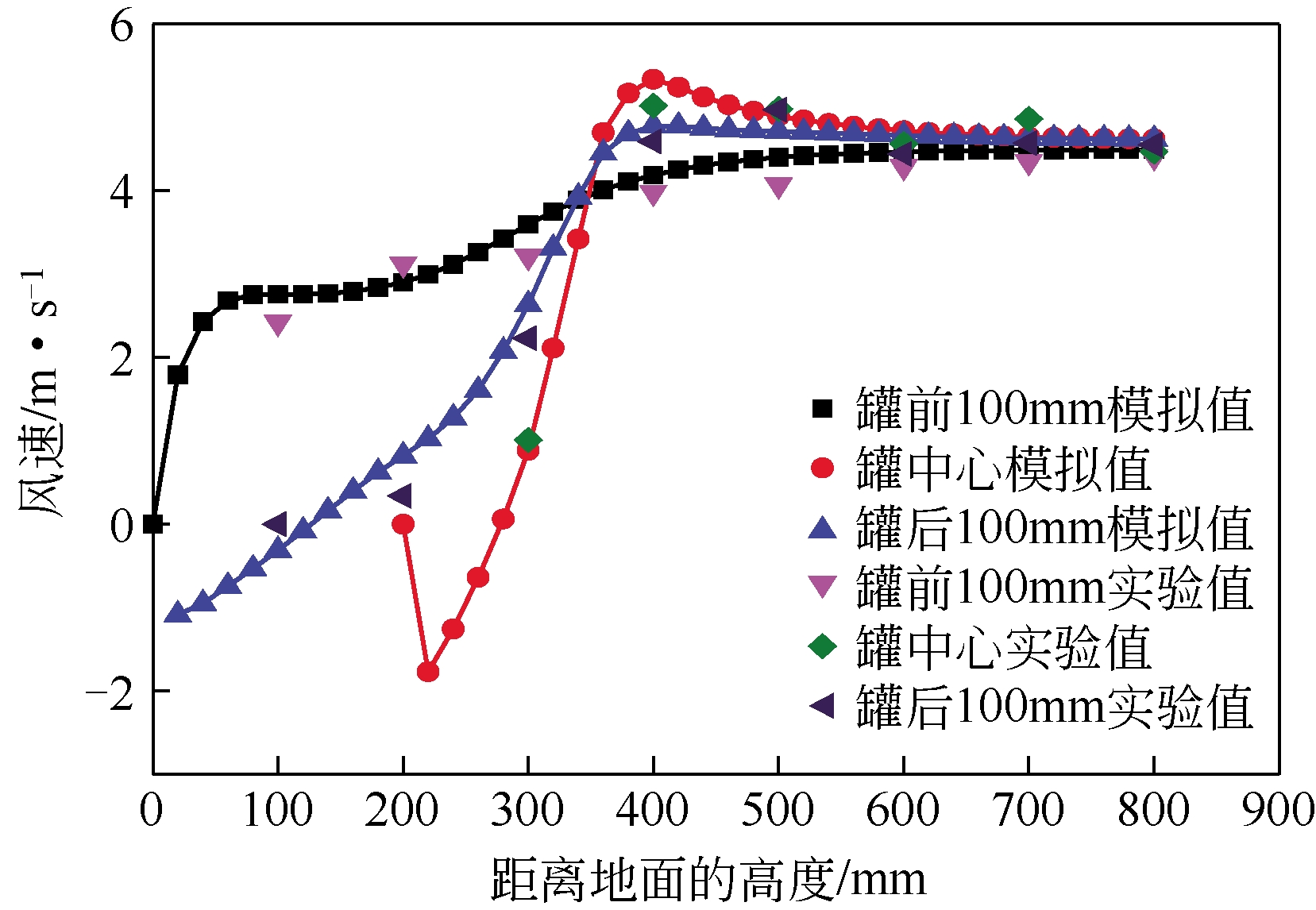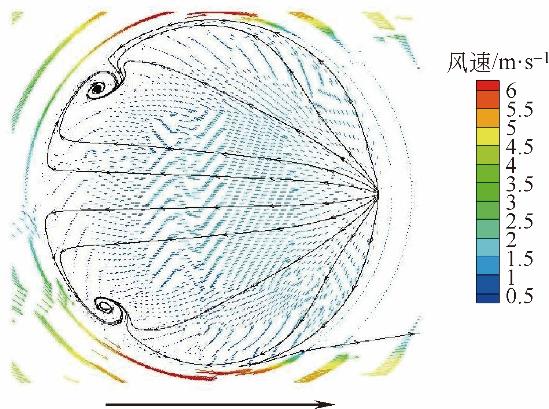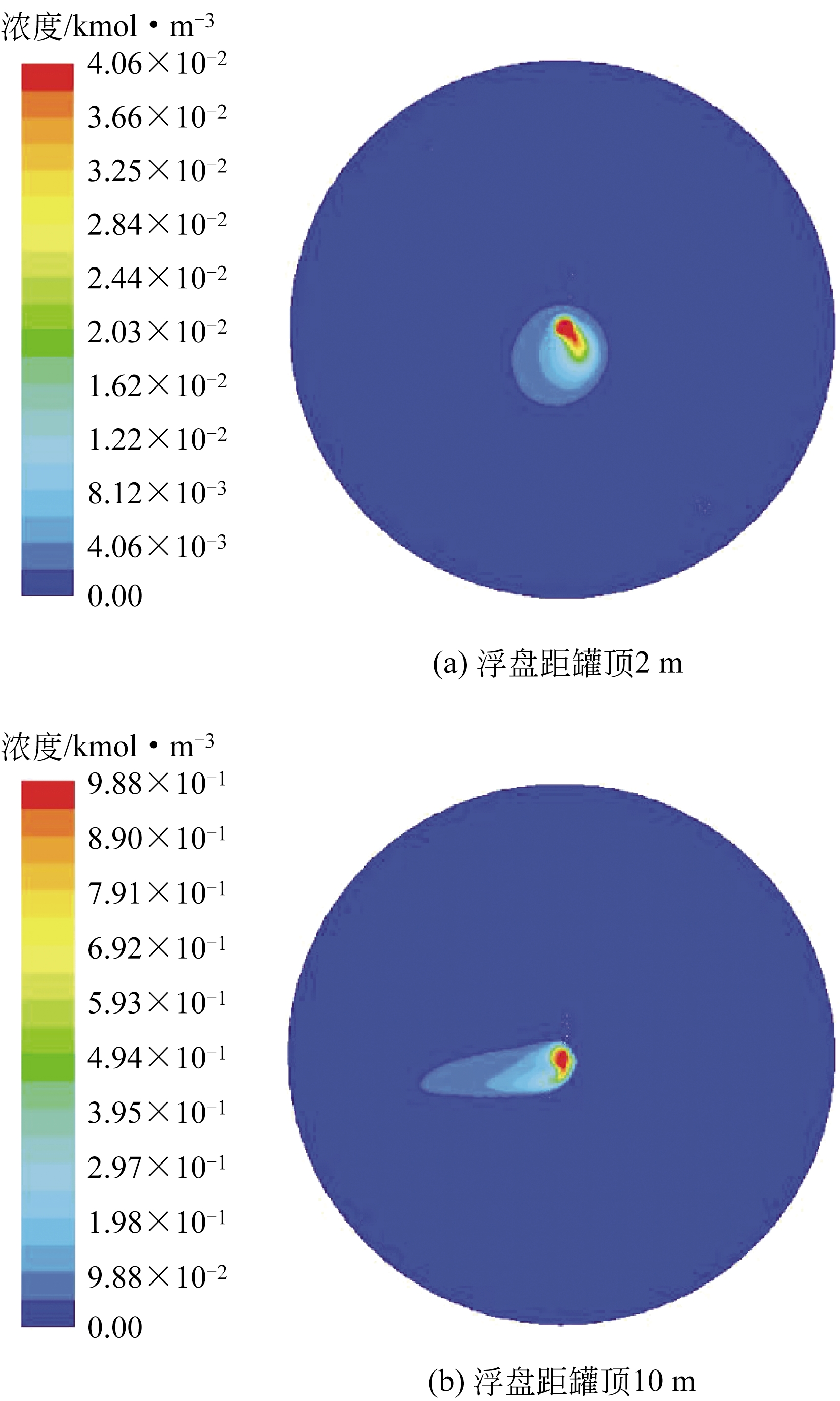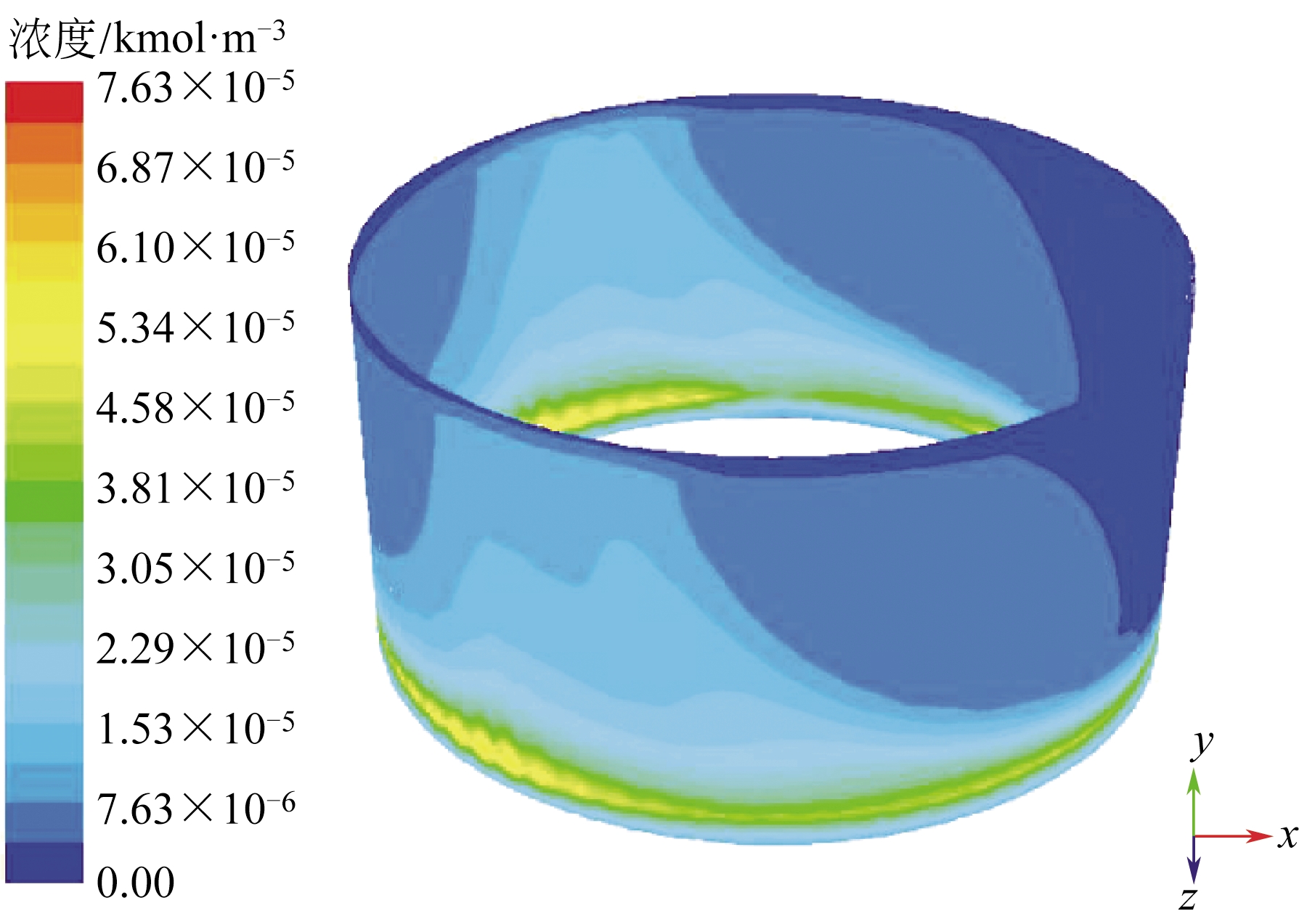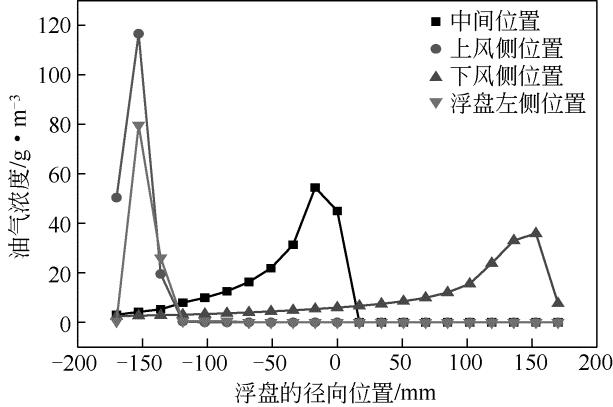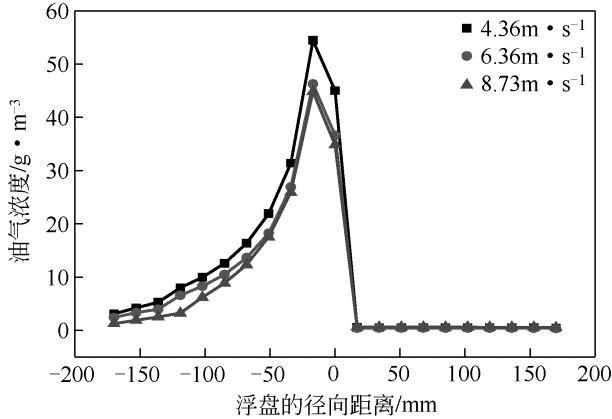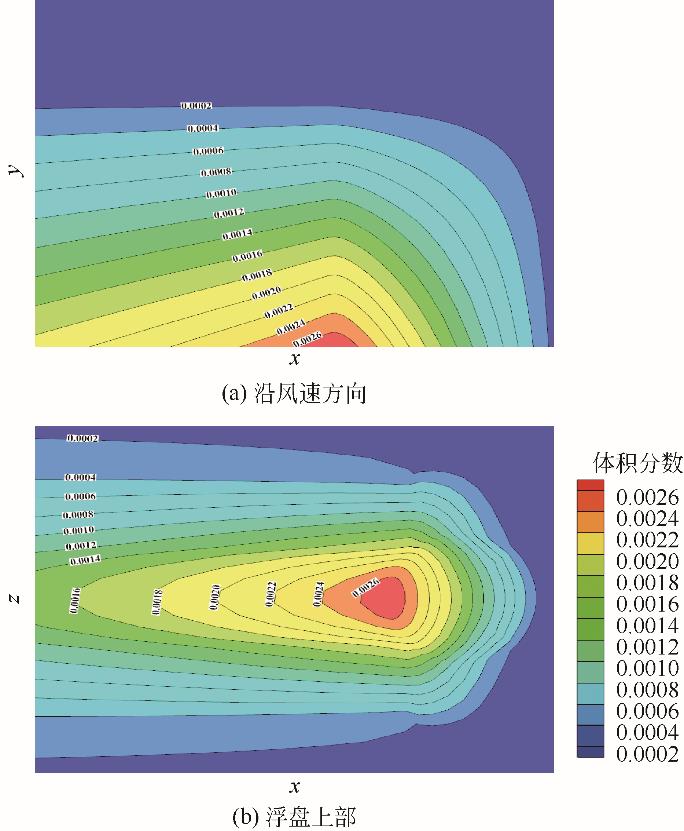| 1 |
黄维秋 . 油气回收基础理论及其应用[M]. 北京:中国石化出版社, 2011: 82-83.
|
|
HUANG W Q . Fundamental theory of oil vapor recovery and its applications[M]. Beijing: China Petrochemical Press, 2011: 82-83.
|
| 2 |
杨静怡, 朱胜杰, 陈鹏, 等 . 外浮顶原油储罐VOCs泄漏损耗及排放量核算[J]. 安全、健康和环境, 2017, 17(5): 37-40.
|
|
YANG J Y , ZHU S J , CHEN P , et al . Leakage loss and emission calculation of VOCs in outer floating crude oil tank[J]. Safety Health & Environment, 2017, 17(5): 37-40.
|
| 3 |
司海涛 . 大型浮顶罐主要安全事故类型及原因[J]. 油气储运, 2013, 32(9): 1029-1033.
|
|
SI H T . Accident's type and cause of large-scale floating roof tank[J]. Oil & Gas Storage and Transportation, 2013, 32(9): 1029-1033.
|
| 4 |
吴长炼 . 30000m3外浮顶罐底板穿孔原因分析及修复[J]. 油气储运, 2002, 21(5): 56-57.
|
|
WU C L . Case analysis on the perforation of bottom plate of a 30000 m3 floating roof tank[J]. Oil & Gas Storage and Transportation, 2002, 21(5): 56-57.
|
| 5 |
冯亮 . 大型外浮顶储罐密封装置存在问题分析及对策探讨[J]. 油气田地面工程, 2017, 36(12): 79-83.
|
|
FENG L . Analysis of existing problems and discussion of countermeasures for sealing devices of large-scale external floating roof tanks[J]. Oil-Gas Field Surface Engineering, 2017, 36(12): 79-83.
|
| 6 |
郑仕超 . 浮顶罐沉盘事故的原因分析及预防对策[J]. 石油化工安全环保技术, 2007, 23(6): 24-26.
|
|
ZHENG S C . Cause analysis and preventive measures for the sinking of floating roof[J]. Petrochemical Safety and Environmental Protection Technology, 2007, 23(6): 24-26.
|
| 7 |
WU C F , WU T G , HASHMONAY R A , et al . Measurement of fugitive volatile organic compound emissions from a petrochemical tank farm using open-path Fourier transform infrared spectrometry[J]. Atmospheric Environment, 2014, 82: 335-342.
|
| 8 |
TAMADDONO M , GHAREBAGH R S , NARIO S , et al . Experimental study of the VOC emitted from crude oil tankers[J]. Process Safety and Environmental Protection, 2013, 92(6): 929-937.
|
| 9 |
STAMOUDIS N , CHRYSSAKIS C , KAIKTSIS L . A two-component heavy fuel oil evaporation model for CFD studies in marine Diesel engines[J]. Fuel, 2014, 115: 145-153.
|
| 10 |
ABIANEH O S , CHEN C P , MAHALINGAM S . Numerical modeling of multi component fuel spray evaporation process[J]. International Journal of Heat and Mass Transfer, 2014, 69: 44-53.
|
| 11 |
KOUNTOURIOTIS A , ALEIFERIS P G , CHARALAMBIDES A G . Numerical investigation of VOC levels in the area of petrol stations[J]. Science of the Total Environment, 2014, 470: 1205-1224.
|
| 12 |
宋贤生, 刘全桢, 宫宏, 等 . 大型罐区油气扩散规律的CFD数值模拟研究[J]. 中国安全生产科学技术, 2008, 4(2): 86-90.
|
|
SONG X S , LIU Q Z , GONG H , et al . CFD numerical simulation of heavy gas dispersion in great tank areas[J]. Journal of Safety Science and Technology, 2008, 4(2): 86-90.
|
| 13 |
HASSANVAND A , HASHEMABADI S H , BAYAT M . Evaluation of gasoline evaporation during the tank splash loading by CFD techniques[J]. International Communications in Heat and Mass Transfer, 2010, 37(7): 907–913.
|
| 14 |
HASSANVAND A , HASHEMABADI S H . Direct numerical simulation of interphase mass transfer in gas-liquid multiphase systems[J]. International Communications in Heat and Mass Transfer, 2011, 38(7): 943-950.
|
| 15 |
文建军, 丁波 . 浮顶罐密封圈油气分布数值模拟[J]. 中国安全生产科学技术, 2016, 12(2): 57-61.
|
|
WEN J J , DING B . Numerical simulation on oil vapor distribution in seal ring of floating roof tank[J]. Journal of Safety Science and Technology, 2016, 12(2): 57-61.
|
| 16 |
赵晨露, 黄维秋, 钟璟, 等 . 外浮顶罐油气泄漏的数值模拟[J]. 化工学报, 2014, 65(10): 4203-4209.
|
|
ZHAO C L , HUANG W Q , ZHONG J , et al . Numerical simulation of oil vapor leakage from external floating-roof tank[J]. CIESC Journal, 2014, 65(10): 4203-4209.
|
| 17 |
赵晨露, 黄维秋, 石莉, 等 . 内浮顶罐中油气扩散运移的数值模拟[J]. 安全与环境学报, 2015, 15(3): 72-77.
|
|
ZHAO C L , HUANG W Q , SHI L , et al . Numerical simulation of the oil-vapor diffusion and its migration from the internal floating-roof tank[J]. Journal of Safety and Environment, 2015, 15(3): 72-77.
|
| 18 |
曲文晶, 张来斌, 马庆春 . 液化石油气球罐泄漏扩散的数值模拟[J]. 安全与环境工程, 2012, 19(4): 119-124.
|
|
QU W J , ZHANG L B , MA Q C . Numerical simulation of LPG spherical tank's leakage diffusion[J]. Safety and Environmental Engineering, 2012, 19(4): 119-124.
|
| 19 |
余彬彬, 张赞牢, 刘强, 等 . 拱顶罐量油孔油气逸出及扩散数值模拟[J]. 后勤工程学院学报, 2014, 30(6): 23-27.
|
|
YU B B , ZHANG Z L , LIU Q , et al . Numerical simulation on oil vapor escape and diffusion from gauge hatch of dome roof tanks[J]. Journal of Logistical Engineering University, 2014, 30(6): 23-27.
|
| 20 |
王福军 . 计算流体动力学分析: CFD软件原理与应用[M]. 北京: 清华大学出版社, 2004: 7-12, 113-126.
|
|
WANG F U . Computational fluid dynamics analysis: the principle and application of CFD software[M]. Beijing: Tsinghua University Press, 2004: 7-12, 113-126.
|
 ),黄维秋1(
),黄维秋1( ),景海波1,李飞1,方洁1,纪虹1,凌祥2(
),景海波1,李飞1,方洁1,纪虹1,凌祥2( ),吕爱华1,2
),吕爱华1,2
 ),Weiqiu HUANG1(
),Weiqiu HUANG1( ),Haibo JING1,Fei LI1,Jie FANG1,Hong JI1,Xiang LING2(
),Haibo JING1,Fei LI1,Jie FANG1,Hong JI1,Xiang LING2( ),Aihua LÜ1,2
),Aihua LÜ1,2
